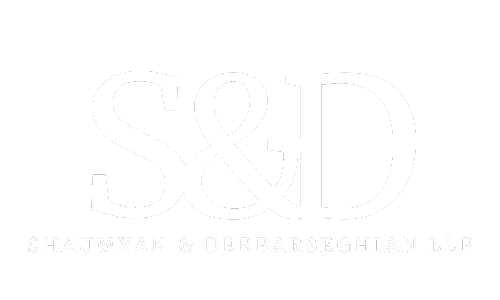Legal problems often arise after a tragic event, such as the death of a loved one caused by someone else’s negligence. These issues aim to ensure fairness and seek compensation. Two legal concepts that frequently come into play in such situations are wrongful death claims and survival actions. In this blog, we’ll discuss the differences between wrongful death and survival action claims and how they address a tragic loss.

What is Wrongful Death?
Wrongful death refers to a situation where a person dies due to the negligence or wrongful act of another individual, entity, or organization. This can occur in various situations such as accidents, medical malpractice, criminal behavior, or product defects.
When a loved one passes away, it is common for their immediate family to file wrongful death claims and pursue a lawsuit. These damages can include compensation for financial losses, medical expenses, funeral costs, and the emotional suffering. These claims aim to obtain compensation for the emotional and financial hardships that resulted from the loss. People, businesses, or groups usually face claims when others believe they are responsible for a death.
Wrongful death claims aim to compensate surviving family members for their significant losses by providing financial recovery. Losses can include various factors, like the financial support the deceased would have given if they were alive. This is crucial for families who relied on the deceased’s money for their daily expenses, bills, and education. This is important because it affects their ability to meet their basic needs, financial obligations, and access to education.
Laws regarding wrongful death claims can vary by jurisdiction. Sometimes, only specific family members like spouses, children, or parents can make a claim. The amount of money in wrongful death cases can vary. It depends on factors such as the person’s age, ability to earn money, and their relationship to the deceased.
Wrongful death claims help family members seek justice and financial help after a tragic loss. They want to ensure that they hold those responsible for their suffering accountable. They also want to receive the money they need to start over and find some peace after their loss.
What is Survival Action?
Survival actions address the lost wages that the deceased person would have earned had they survived the incident. This includes the income they would have generated during the period between the incident and their eventual death.
The deceased person’s family can continue a lawsuit or legal claim that the person would have pursued if they were alive. This helps to address any harm, like pain, medical bills, or lost money, that happened to them because of what caused their death. So, even though the person isn’t here anymore, the legal process allows their case to continue.
When someone dies, their survival actions become part of their estate. The executor or representative of the estate then makes the claim on behalf of the estate. The estate of a deceased person can take legal action on behalf of the person as if they were still alive.
The estate wants the person who caused pain and suffering to take responsibility for the deceased person’s final moments. They seek accountability for the actions that caused harm and suffering to the deceased. They wish to hold the responsible person accountable for the pain inflicted on the deceased in their final moments.
Wrongful Death vs Survival Action
Now, let’s delve deeper into the key differences between wrongful death and survival action claims:
- Purpose:
Wrongful Death: Aims to compensate the deceased person’s family for the loss caused by the death.
Survival Action: Seeks to address damages or harm suffered by the deceased person before they died.
- Parties Involved:
Wrongful Death: Surviving family members, such as spouses, children, parents, or dependents.
Survival Action: The deceased person’s estate distributes according to their will or state laws if there’s no will.
- Damages Sought:
Wrongful Death: Focuses on damages suffered by the family because of the death of their loved one.
Survival Action: Deals with the damages the deceased would have claimed if they had survived, like pain, medical expenses, or lost wages.
Conclusion
In summary, wrongful death address the losses suffered by the surviving family members caused by the death of their loved one. Survival actions focus on the damages and claims that the deceased person would have gotten to if they survived.
Still confused about the differences in wrongful death vs survival actions? Contact Shaumyan & Derbarseghian LLP today for a free consultation!

